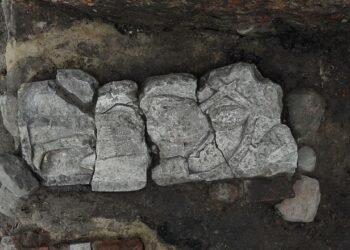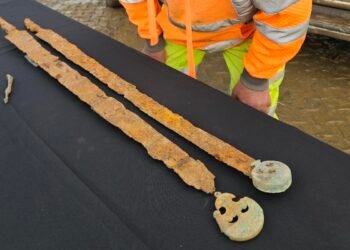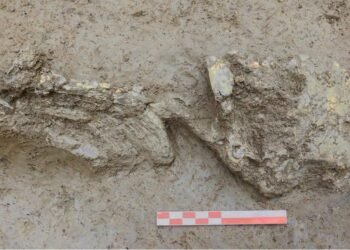A new study published in Scientific Reports provides evidence of cultural cannibalism among the Magdalenian communities in Maszycka Cave, Poland. Conducted by an international team of researchers at IPHES-CERCA and CSIC, the study sheds new light on the mortuary and ritual practices of prehistoric peoples, indicating that Magdalenian hunter-gatherers systematically consumed human remains around 18,000 years ago.

Located in the Prądnik Valley near Kraków, Maszycka Cave is an archaeological site of great interest. Previous excavations in the 19th and 20th centuries yielded numerous artifacts: stone tools, animal bones, and human remains. However, these human bones had not been subjected to modern analytical techniques until now. Using advanced 3D microscopy, the research team re-examined 63 bone fragments, distinguishing marks made by human tools from those caused by natural processes or scavenging animals. Their findings confirmed that a good portion of the bones in question showed evidence of human manipulation through cut marks and intentional fractures related to the removal of muscle tissue, brain matter, and bone marrow.
Francesc Marginedas, lead author of the study and a researcher at IPHES-CERCA, said: “The location and frequency of the cut marks and the intentional fracturing on the bones provide clear evidence of the nutritional exploitation of the bodies, ruling out the hypothesis of a funerary treatment without consumption.”
The study concluded that the bodies were processed soon after death, before the onset of decomposition. The skull shows cut marks indicative of skin and flesh removal, while long bones, such as the femur and humerus, exhibit percussion fractures likely inflicted to access marrow—a rich source of fats and nutrients.
“Cannibalism is a behavior documented at various stages of human evolution. In prehistoric contexts, it could have been driven by survival needs, ritual practices, or even intergroup violence dynamics,” said Dr. Palmira Saladié, co-author and researcher at IPHES-CERCA.
Such actions may have been part of territorial disputes and competition over resources after the Last Glacial Maximum and during the population expansion. The very fact that such evidence of human consumption has been found at five other Magdalenian sites across Europe provides strong support for the idea that cannibalism may have served a strategic or symbolic purpose.
Unlike some other sites where human remains appear to have been treated with ritual significance—Gough’s Cave in the UK, for example, where skulls were carefully reshaped into drinking vessels—the remains at Maszycka Cave seem to show no signs of such reverence. Rather, the human bones mixed with animal remains indicate that those people were not honored as part of a funerary tradition but were processed and consumed like food resources.
The researchers propose that at Maszycka Cave, the victims may have been members of a rival group, possibly consumed not out of desperation but rather as an act of humiliation or warfare-related cannibalism. “We know cannibalism was part of their culture,” Marginedas said. “There could also be a warfare component, where the enemy is consumed as a symbolic gesture of dominance.” However, genetic studies suggest that both the perpetrators and victims belonged to the same broader Magdalenian population, raising the possibility that the violence stemmed from intergroup competition rather than outright territorial aggression.
The melting of the ice sheets across Europe opened new territories, leading to increased movement and interaction among human groups. Some researchers speculate that the wars associated with territorial expansion may have contributed to the violent events at Maszycka Cave. Still, definitive proof of conflict remains elusive.
This finding adds to the evidence that cannibalism was not simply an isolated or desperate act but was instead more likely a practice bound up with the culture of Magdalenian groups.

























Comments 0